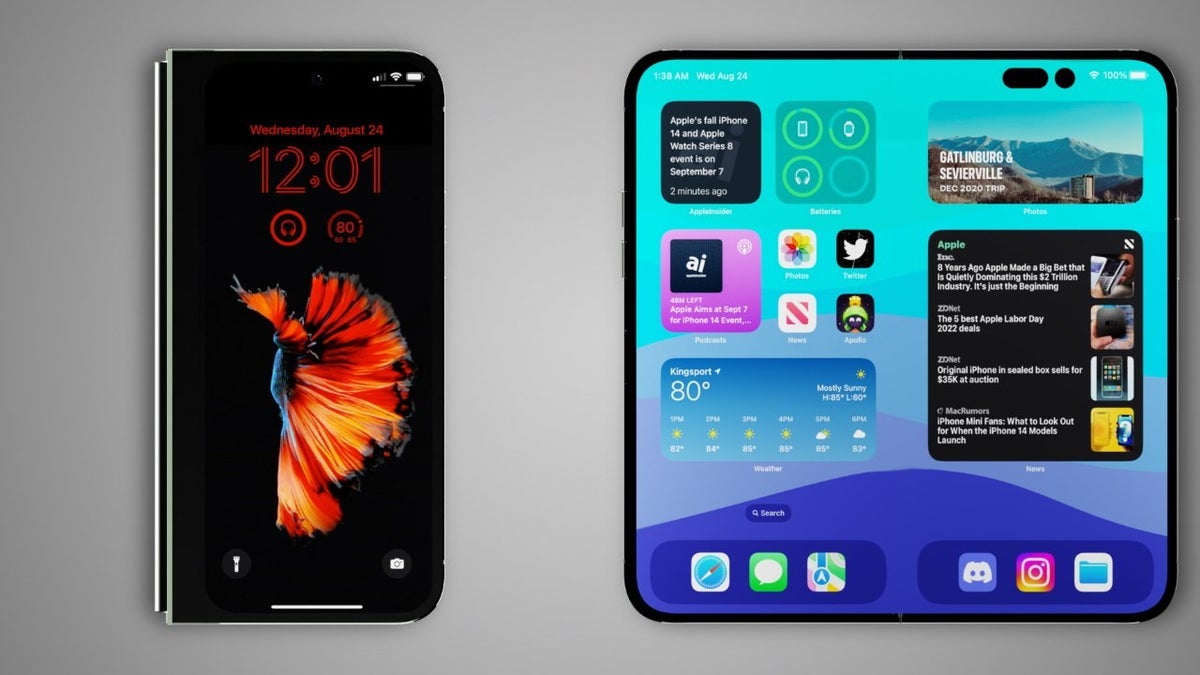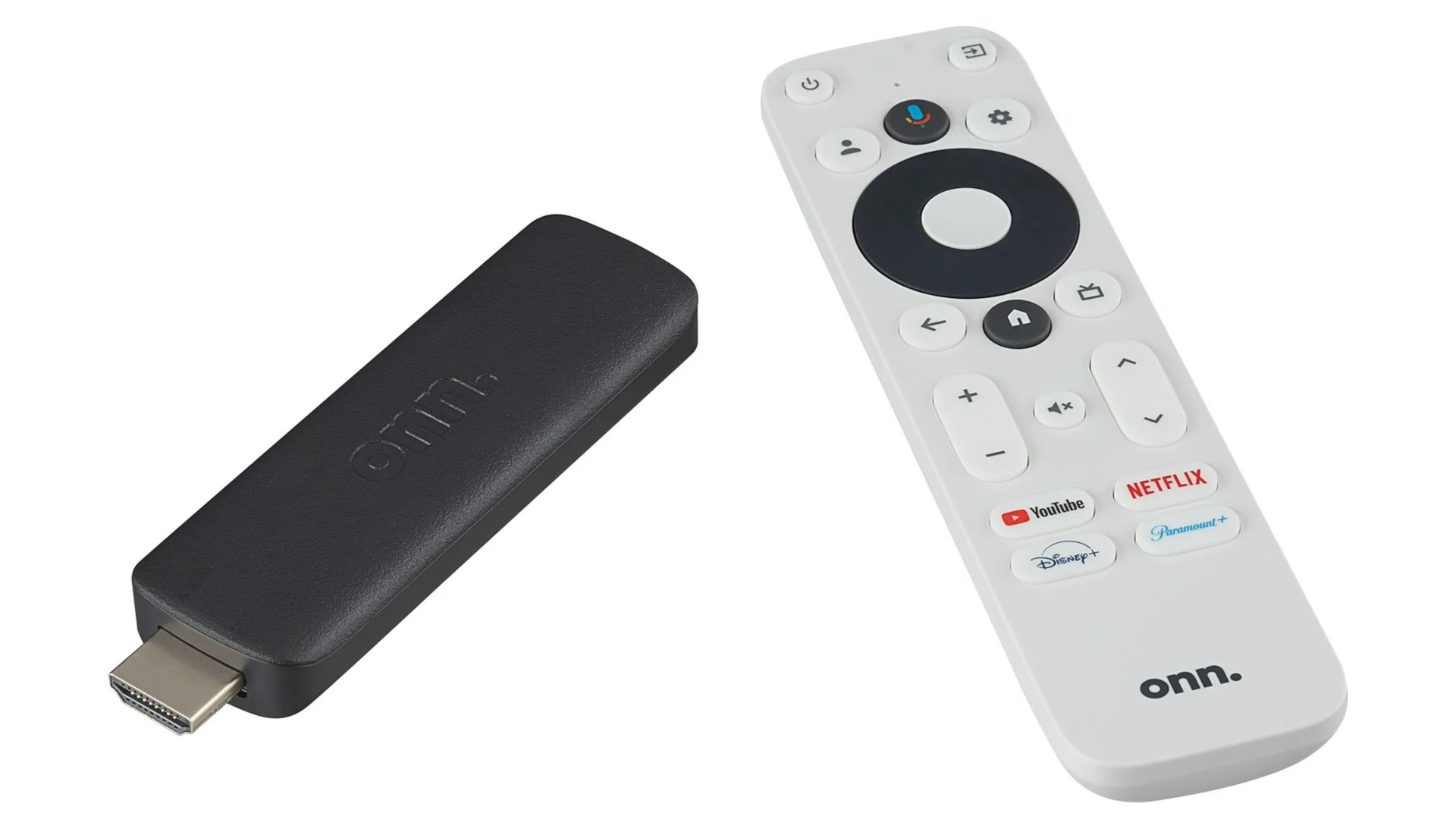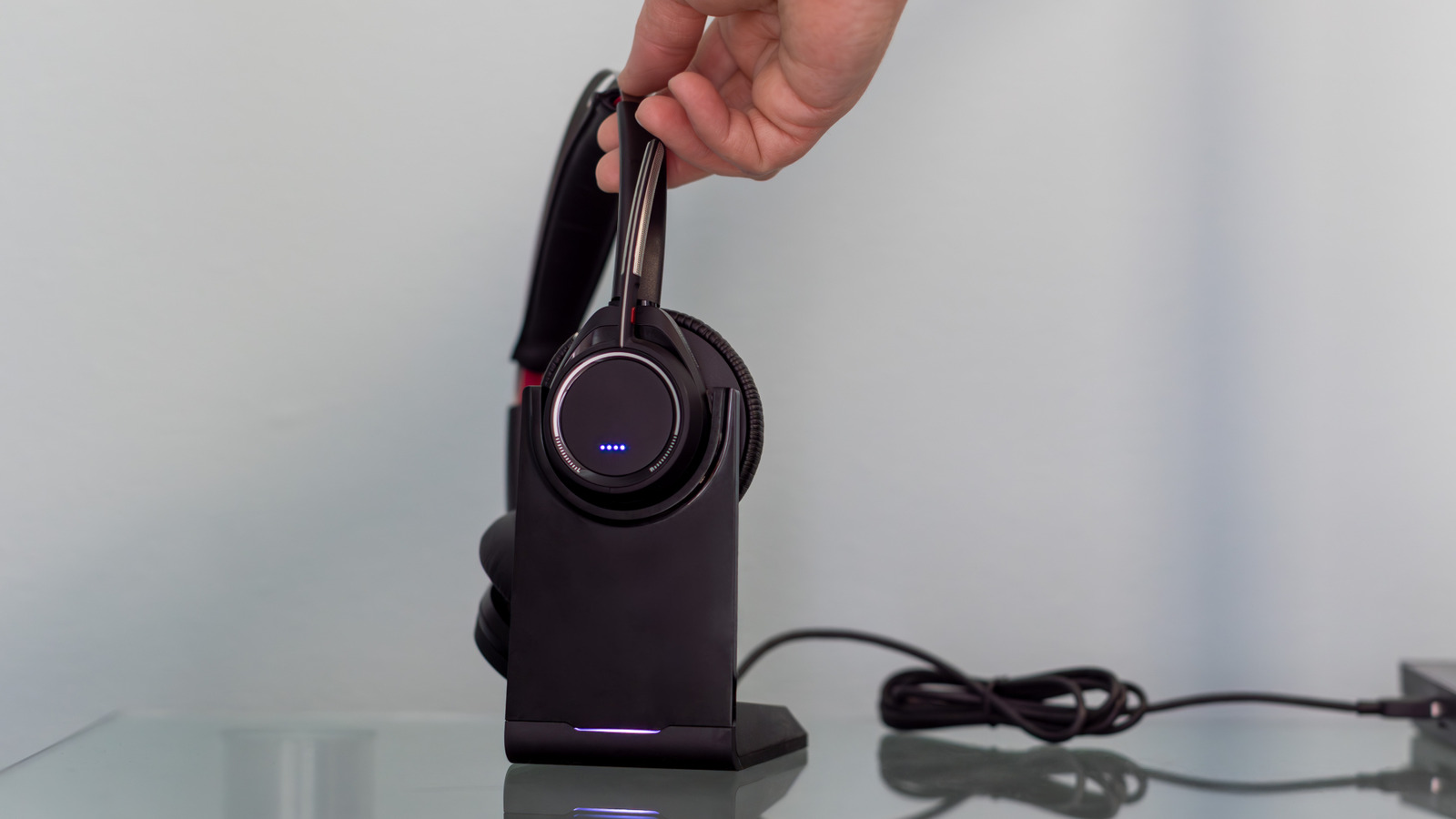Now that supply-chain sources say that Apple has reportedly eliminated the dreaded crease on the
iPhone Fold, the company supposedly went ahead and moved the device to the engineering verification and pre-production (EVT) stage according to a report from Chinese language website UDN. This follows the creation of some
iPhone Fold prototypes. The second stage EVT testing involves the production of units that can function like the final version of the phone while featuring a design more in line with the final version of the product.
Apple could be looking to build 100 iPhone Fold units for EV T testing
Typically, 100 units would be built for testing and the hardware engineers would make sure that the components work as they should, the design is sound electronically, and the device can be reliably mass produced. According to the UDN report, the breakthrough elimination of the crease will be a major selling point for the first foldable iPhone, which could launch next year as the iPhone Ultra.
The internal screen is manufactured by Samsung but as UDN notes, “the panel structure, material processing process and laminated pressing method” are designed by Apple. The bottom line is that device owners won’t have to deal with an internal screen marred by a crease in the display. An exclusive production line has been created by Foxconn to build the phone. Some of the component suppliers that will make profits off of a foldable iPhone include Largan Precision.
Some suppliers are getting ready for the mass production of the first foldable iPhone
With rumors calling for the iPhone Fold to use hybrid glass/plastic lenses for the rear primary and ultra-wide cameras, Largan could be supplying Apple with these important photography components. Another supplier mentioned in the report, Shin Zu Shing, will possibly be the source of one of the most important components for a foldable phone-the hinge. Not only is the hinge the most complex component on a foldable phone, but it usually is also the most expensive.
The first foldable iPhone on its own would be expected to grab a lot of attention and publicity. If Apple is able to get rid of the crease, the publicity will take on even crazier proportions as many mobile companies had their best engineers on the problem.
The iPhone Fold will be the most expensive iPhone yet
If you’re considering the purchase of the iPhone Fold next year, you better start collecting all of your loose couch change now because a foldable with a creaseless internal screen is not going to come cheap. An analyst who plies his trade for Fubon Research used supply chain data and Apple’s usual profit margin goals to come up with a price of $2,399 for the device. I can promise you that you will not hear the iPhone Fold called “the most expensive iPhone yet” on any promotional video or ad for the phone even though it will be true.
Many analysts in the past said that the foldable smartphone market would remain a niche until Apple releases a foldable iPhone. We are moving closer to such an event taking place. How Apple ends up ranked in the foldable market its first year will depend on several variables. How many units will Apple build? What features exclusive to the device will Apple deliver? Will it feel like a one and done for Apple or will we see an annual launch for the iPhone Fold?
The foldable market had a shakeup recently and during this year’s second quarter, the company that shipped the most foldables was the always innovative and resilient Huawei. Second, with a global market share of approximately 25%, was Motorola. If you’ve seen the RAZR+ (2025), you’ll understand why. Samsung, at one time the leader in this category, is now third followed by Honor, Oppo, Vivo, Xiaomi, Google, OnePlus, and TCL (based on its concept foldables).
Next year we could see another shake up with Apple entering the foldable market. Stay tuned.








